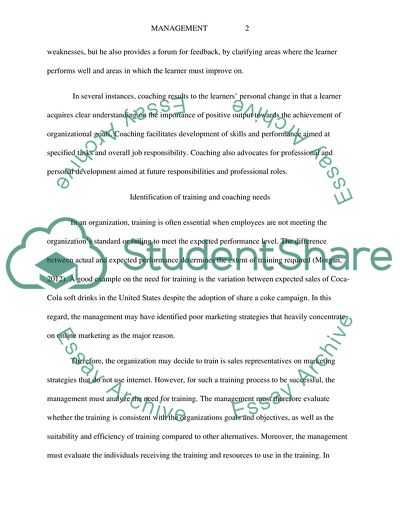Cite this document
(“Training and Coaching Essay Example | Topics and Well Written Essays - 2000 words”, n.d.)
Retrieved de https://studentshare.org/human-resources/1676251-training-and-coaching
Retrieved de https://studentshare.org/human-resources/1676251-training-and-coaching
(Training and Coaching Essay Example | Topics and Well Written Essays - 2000 Words)
https://studentshare.org/human-resources/1676251-training-and-coaching.
https://studentshare.org/human-resources/1676251-training-and-coaching.
“Training and Coaching Essay Example | Topics and Well Written Essays - 2000 Words”, n.d. https://studentshare.org/human-resources/1676251-training-and-coaching.


